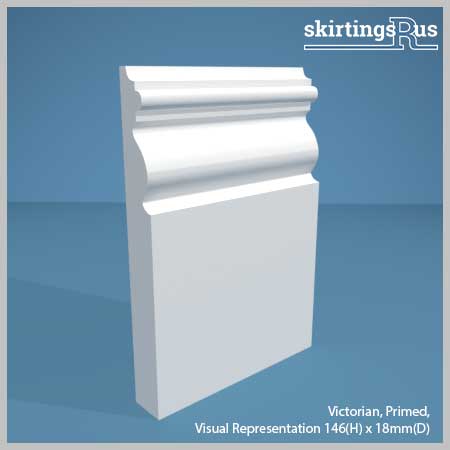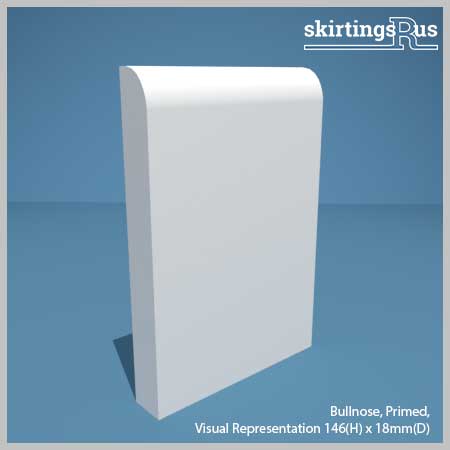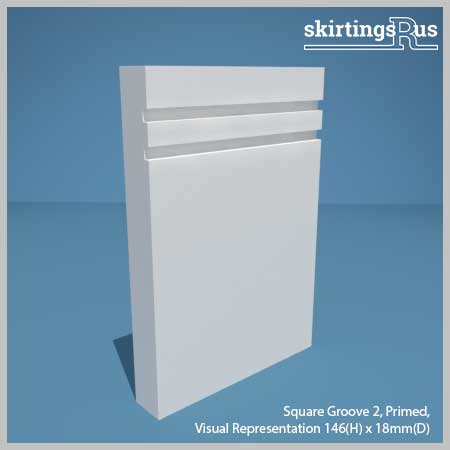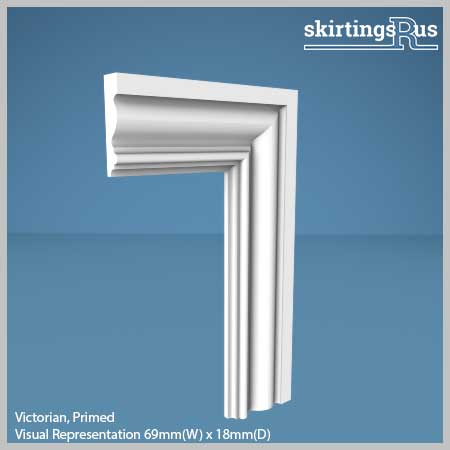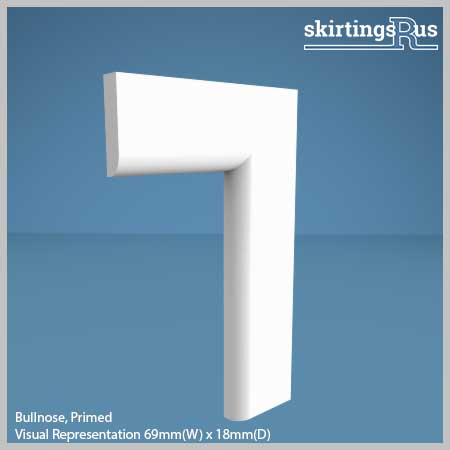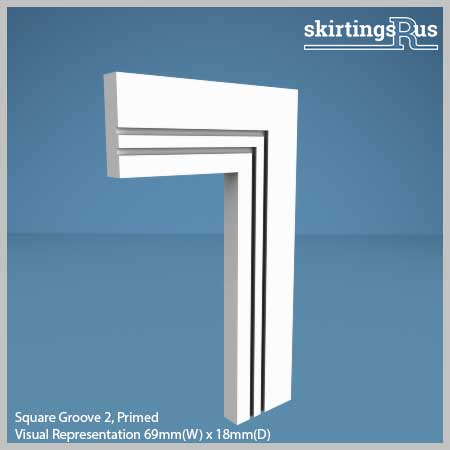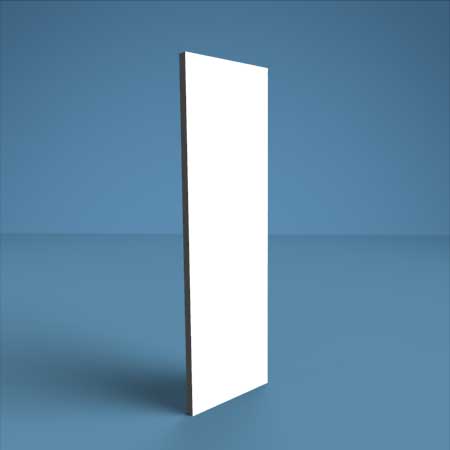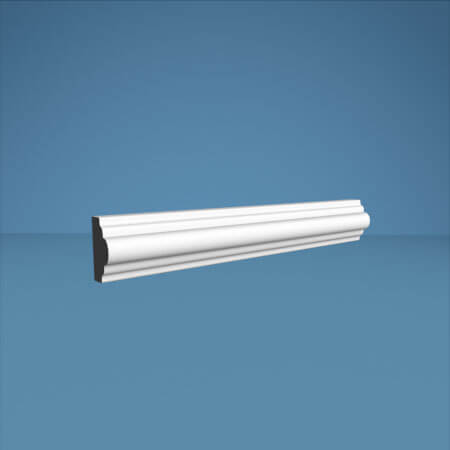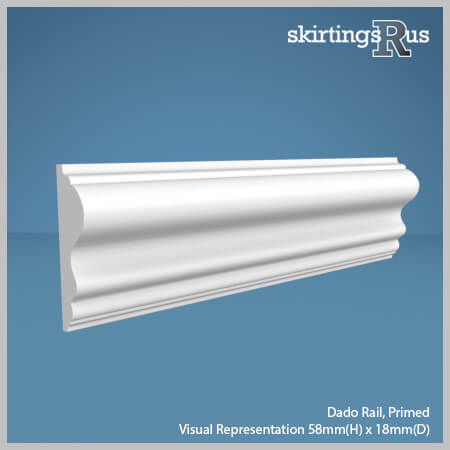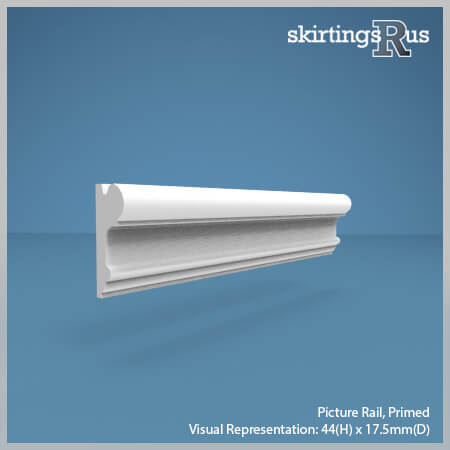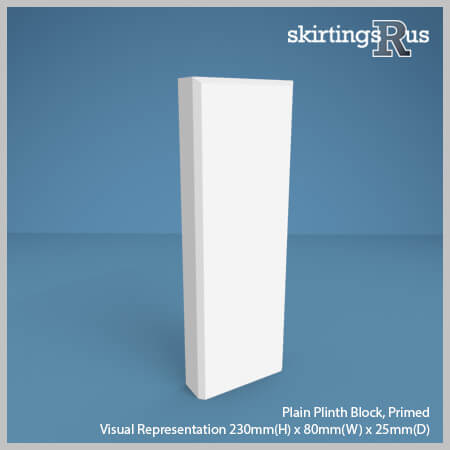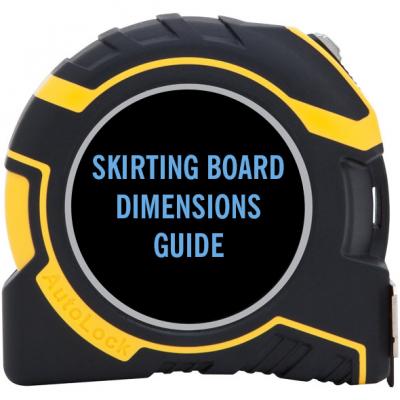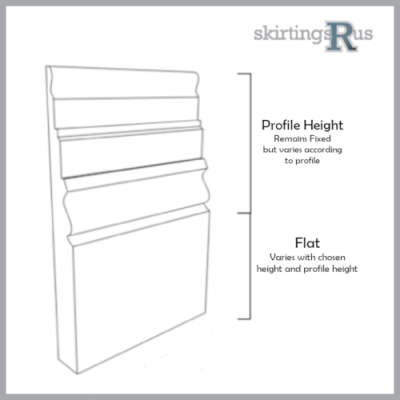What is Skirting?
Skirting boards are installed around the perimeter of a room to provide a decorative border and create a smooth transition from one side of the room to another. Skirting can be made from many different materials, including wood, vinyl, metal and stone.
With skirting, you can add aesthetic appeal to your home, cover improper edges, avoid furniture scratches, and give a room a good finish. You can do this by adding decorative trim to the perimeter of your room.
Main Uses for Skirting
A floor skirting is used to cover the gap between a floor and a wall. In addition to being known as a moisture barrier, it is also called a moisture control board. Providing a smooth flooring surface and preventing water from seeping into gaps between the flooring and walls is the purpose of the skirting boards.
Additionally, skirting is an excellent method of concealing exposed wiring and electrical connections. Wires and holes where wires are connected can be covered with it. The skirting board is thought to be a more practical and economical way to hide these wirings than the ceiling board.
Skirting comes in a variety of colors, materials, and designs, making it a popular interior design element. As a result, improper edges are covered, furniture scratches are prevented, and the room is given a finished look.
Quick List of the Different Types of Skirting
In terms of design and material, skirting boards can have a variety of types. These are:
- Pencil or Mini Bullnose Skirting: A Mini Bullnose skirting board is sometimes called a 'Pencil Round' skirting board. This profile resembles Bullnose, but with a smaller radius for a tighter curve. A pencil round skirting profile is the perfect finishing touch for any room because of its simplicity.
- Wooden skirting: Wooden skirting is a great choice for your home, especially MDF skirting. It can be used as an ornamental detail, or as a traditional decorating element. Wooden skirting imparts richness and a sophisticated look to the home. It is the best choice for marble and tiled floors. Use of wooden skirting for light floors, walls, and ceilings work best. Wooden skirting is used for ornamental and traditional looking decors. You can find some high quality wooden skirting on Skirtings R Us.
- Metal Skirting: A sturdy, high-quality material to use for your home's skirting is stainless steel. If you choose stainless steel skirting for your home, it will give your home a modern, elegant feel. However, stainless steel skirting has one major disadvantage: it scratches easily.
- Flush Skirting: Flush skirting is seamless and designed to have the same level of flooring on all sides. This means that there is no dust buildup in this skirting and wall combination, which can be a significant advantage for homeowners.
- Double Layered Skirting: Double-layered skirting is also known as two-toned skirting. These types of skirting boards are helping to give a detailed design to the room. This type of skirting board is made up of two layers of board. The one layer is painted in a contrasting color while the other layer is painted in the same color as the wall. This gives an elegant look to your home’s interior.
Pros and Cons of Skirting
While skirting boards are great household decor with functionality, they do come with some pros and cons. In addition to their advantages and benefits, skirting boards have some drawbacks. The following are some advantages and disadvantages of skirting boards.
Pros:
- Skirting boards are a great way to protect your walls from bumps and bruises without having to install complicated barriers.
- Skirting boards are often used in homes that have uneven surfaces, such as sloped walls or large furniture items like sofas. By covering these areas with skirting boards, you can prevent damage from kicks, furniture, or even the door hitting the wall.
- Skirting boards often have spacious tunnels that separate from one another and allow you to run power cables, internet cables, and computer cables through. The colors of skirting boards come in variety so you can mix and match it with the theme and color of your home as well!
- You can decorate your home with skirting boards, which are among the best materials for interior design. They add an amazing and elegant look to any room. Various designs are available, so you can choose whichever one suits your living, dining, or bedroom space best.
- Additionally, skirting boards are easy to install, which is another reason to invest in them. When you know what to do, it's so simple and you can handle it all on your own. Make sure you measure accurately and choose the right board type. Afterwards, you can screw, nail, or glue them to the wall.
Cons:
- It is possible for skirting board to trap moisture, which can lead to mold growth in homes if they are not properly installed.
- There are some types of skirting that can make it difficult to see where your furniture sits, which can lead to accidents.
- They need to be replaced every few years, which means you'll have to pay for the boards as well as labor involved in installing them.
FAQs
Do You Need Skirting Boards with Carpets?
Skirting boards aren't necessary if you've got hardwood or laminate flooring--but if you have carpet, they're definitely worth installing. Your skirting boards keep your carpet clean by keeping dirt from piling up underneath it and making it harder for vacuum cleaners to reach all areas of the room. In addition to this, they prevent moisture from seeping through walls and pooling on the floor below. This could lead to mold growth or other mold-related problems.
Can You Just Stick Skirting Boards?
Yes, you can just stick skirting boards!
Skirting boards are a great way to add some extra style and texture to your walls. The problem is, they're often hard to install and remove. But if you use the right adhesive, it's easy!
The first step is to make sure that your skirting board is clean and dry before applying the adhesive. This will help ensure that it sticks properly and doesn't leave residue behind when you remove it later on.
Next, apply the adhesive evenly across the entire surface of the skirting board--you want to make sure no part of it sticks up higher than another part! Once this step is done, you can start sticking them on! If there are any areas where there's not enough adhesive on one side of the board or another (like at the corners), just add more until everything is covered evenly throughout its entirety.
Should You Do Skirting Boards or Walls First?
The walls should be painted first, followed by the skirting boards. When decorating, it is important to begin at the top and work your way down. Your newly painted skirting boards will not be marred by drip marks if you paint a feature wall beforehand.
Should I Paint Skirting Before Fitting?
The answer is yes!

